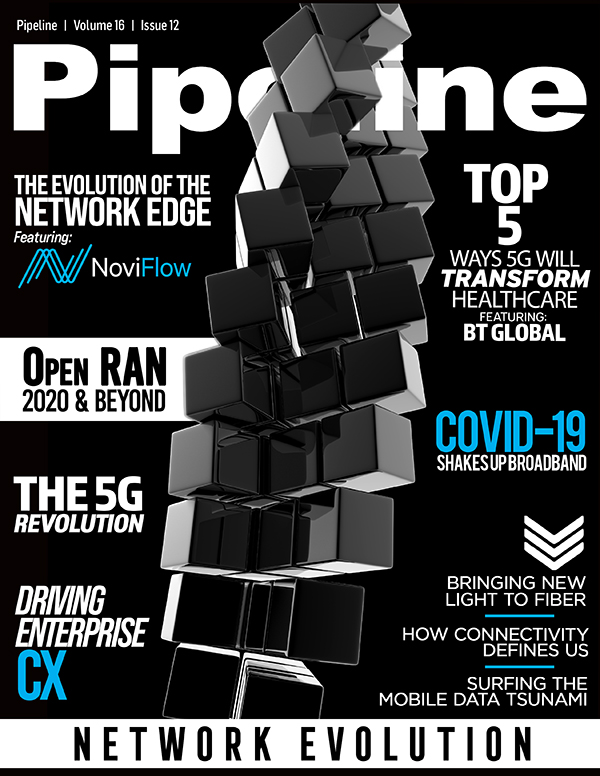Driving Better Enterprise CX with Network Automation
Cloud
As enterprises increasingly embrace the cloud for its ease of use and potential cost savings, they require the same level of reliability and latency levels as if their workloads were still being processed on-site. Automation can help determine not only the best routes for traffic but resolve issues quickly when they occur.
5G
While it’s by no means as ubiquitous as service provider advertisements would have you believe, 5G is a big factor coming up for both service providers and enterprises. Enterprises have plenty of questions about how 5G will affect them and how it will handle whatever low-latency applications they dream up. The amount of bandwidth that 5G requires is tremendous, but its significant reduction in latency will enable a host of new applications, such as streaming 4K video. In the enterprise, it will enable more real-time Internet of Things (IoT) and machine-to-machine (M2M) applications such as in manufacturing, with real-time remote control of equipment and robotic machines streamlining processes across industries. Autonomous vehicles will be another big application that will happen first in the enterprise space as companies throughout the supply chain look for more effective ways to get their goods from Point A to Point B. 5G will provide a voice and video connection to everything, and this connection can’t go down. This is where automation becomes critical, helping service providers systematically resolve issues in near-real time, virtually eliminating downtime.
A great example of how automation can improve enterprise network performance is found in the case of a magazine publisher moving its workloads to the cloud. When one East Coast-based publisher migrated its locally based workloads to a cloud environment, it quickly ran into a roadblock. The publisher’s design department, which creates artwork and graphics for the magazines, found the latency with the back and forth traffic to the cloud unbearable, as the graphic designers often had to wait a second or two for their local machines to render graphics. Weighing the major risk to productivity against the undesirable alternative of bringing the department’s workload back on-premise, the publisher turned to its service provider for help. Using automation insights and tracking the Internet traffic routes, the service provider uncovered that the publisher’s workload was using a data center on the West Coast. Simply by calling its cloud provider and asking to move the workload closer, the company saw a drop in latency from 300 milliseconds to 3 milliseconds—almost as if the workload was back in the office. In the past, this would have taken many human hours of digging into network data and the solution may have been missed entirely; automation unveiled the problem and led to a solution quickly.
As enterprises are becoming increasingly reliant on their networks to conduct day-to-day business, not to mention ensuring their most critical applications are always available, they’re counting on their service provider partners more than ever before. Service providers must deliver the ultra-reliable backbone so that enterprises can keep pace with their business’ growing demands. Automation tools help solve issues without relying on human intervention, rerouting traffic to a more desirable route when a network issue occurs. Technologies like SDN allow for better control of networks, provide unprecedented visibility and deliver better information out of the network. As enterprises become savvier about network automation and the services they are paying for, service providers must be prepared to meet increasing latency and network uptime demands. Enterprises of the future will not likely tolerate service disruptions or even a 30-millisecond delay as it relates to the impact on their business. Given this rapidly moving landscape, it is no longer a question of whether network automation will take hold in service provider networks, but how quickly.



















